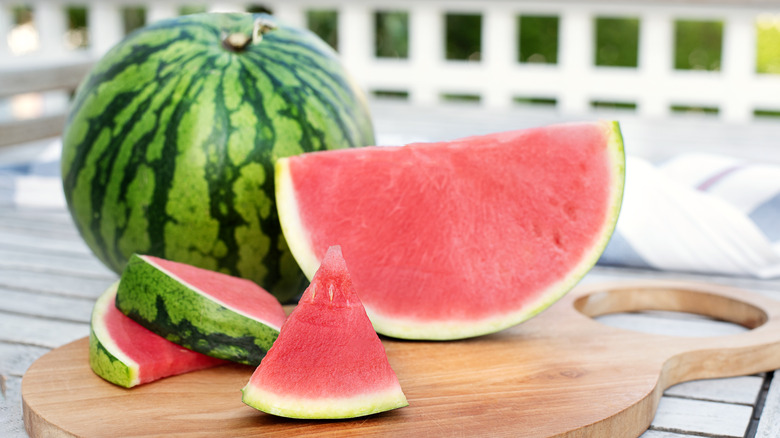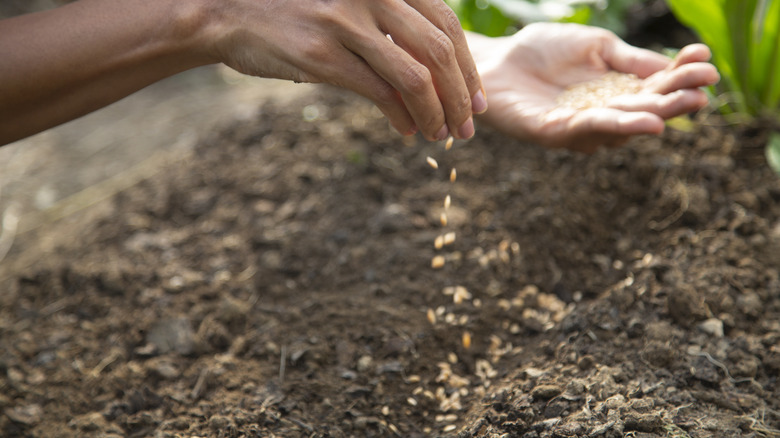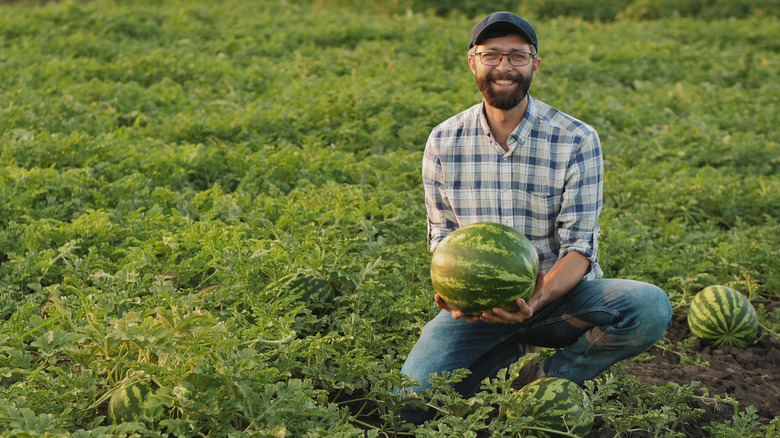Can You Grow Seedless Watermelons In Your Home Garden?
It does not make sense that you could grow a seedless fruit by planting seeds but, friends, we are living in amazing times. Also known as triploid watermelons, seedless varieties of this sweet treat started gaining popularity in the early 1990s. Now, about half of the watermelons grown commercially in California are seedless. Clearly, Americans love this option. Not only can you enjoy your fruit without spitting (ew!), but they are much safer for small children. If you are interested in growing seedless watermelons in your home garden, it is possible, but it has to be done right.
While the growing conditions of seedless watermelons are the same as the seeded versions, the science behind these seeds is not. In the natural order of things, the fruit of the plant is the ovary which contains seeds. But seedless watermelons are not naturally occurring. They are called triploids because they have 33 chromosomes, whereas seeded watermelons, known as diploids, have 22. These extra chromosomes make them sterile — two triploid watermelons cannot pollinate to make seeds; however, add a few diploid seeds to your garden patch, and you can grow your own seedless watermelons.
Growing seedless watermelons
Like regular watermelons, germinating seedless varieties requires specific environmental conditions. They germinate best in warm soil, above 70 degrees Fahrenheit. This is when daytime temperatures are 80 to 90 degrees, and nighttime lows are in the 60s. Depending on how much space you have, you can grow watermelons in long rows or in a single mound. However you grow your watermelon plants, the trick to getting fruit on your seedless watermelon vines is by planting one seeded plant for every two seedless ones. For example, if you are growing three rows of watermelons, you can plant two rows of seedless varieties with a row of seeded watermelons between them. If you are growing in a mound, the same ratio applies. Dig three holes, placing seedless varieties in two holes and a seeded option in the third.
One challenge of growing seedless watermelons is that the seeds tend to have lower germination rates. When you are planting, use twice as many seedless watermelon seeds. A good rule of thumb is to use 3 seeded watermelon seeds and 6 seedless watermelon seeds per hole. Whether you are growing in mounds or rows, plant seeds 1 inch deep and about 8 inches apart. Thin plants to one vine per hole when they are about 4 inches long. The soil must be kept consistently moist for the seeds to germinate, then water deeply any time the soil is dry 1 inch below the surface.
Harvesting seedless watermelons
Here is the exciting part — the harvest! The number of days it takes from planting seeds to harvesting mature fruits varies depending on the variety. Most watermelons will take between 85 and 100 days to be ready to eat. More important than counting days is watching for signs that your watermelons have reached peak maturity. The stem and the tendril closest to the fruit will both be brown and dry. You should have a nice yellow patch on the bottom, and the fruit will sound hollow when you thump it.
Because the only way to grow seedless watermelons is to intersperse them with a seeded variety, you may get more watermelons than you know what to do with! This is a wonderful opportunity to share with family and friends. If you want to keep track of which watermelons have seeds, just mark the rind of seeded ones with an "S" using a permanent marker. If you don't want to eat watermelons with seeds, your neighbors might appreciate free fruit.


